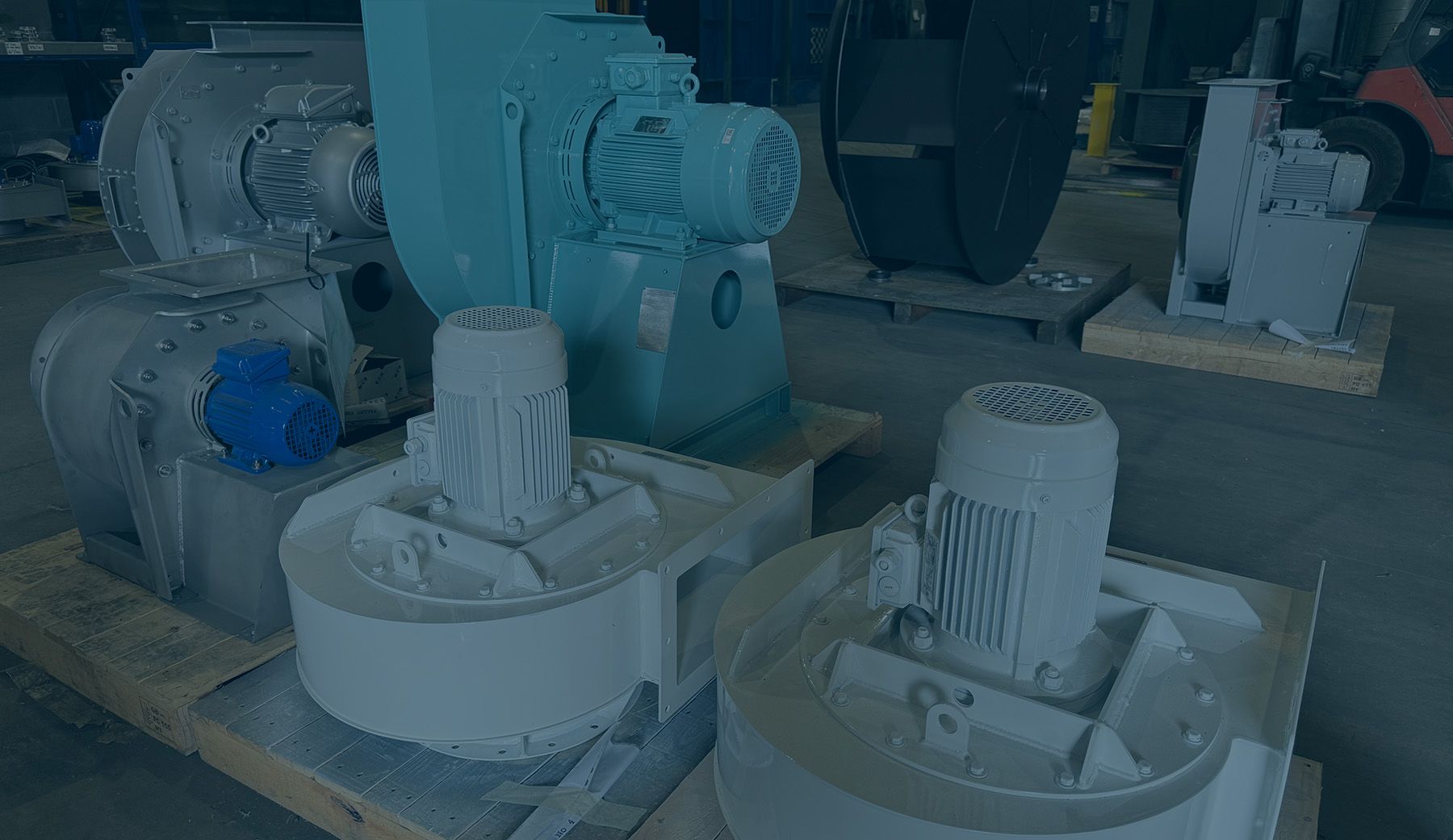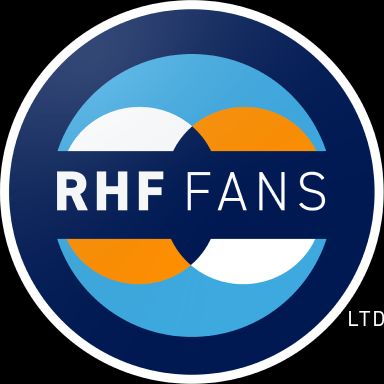
Industrial Fan Safety, Hazards & Compliance
Published on 3 Apr 2025
Fan Safety
Industrial fans are the mechanical champions of manufacturing facilities as they keep air flowing and ensure your space has proper ventilation. But like any heavy-duty equipment, they come with their share of safety risks if improperly handled. Whether you’re an operator or facility manager, understanding the safety aspects of industrial fan operation is fundamental to keeping your working environment safe.
At RHF Fans, we supply everything from small axial fans to large custom-made centrifugal fans. They share the same safety risks, regardless of size, motor type, and configuration variations. This post will help you recognize hazards and give advice on how to keep your workplace safe when using your industrial fans.
Industrial Fan-Related Hazards
If industrial fans are not handled or maintained properly, they can pose a number of risks even with the proper equipment. You can safeguard your facility by being aware of these potential risks and taking proactive safety precautions, as prevention is always preferable to cure. The following are some of the most typical risks to be mindful of:
Moving Components
Within an industrial fan, the revolving fan blades present the most evident safety risk. Wind (or any air movement within a system) has the potential to start rotating fan blades even while the fan is not running. Unprotected or improperly guarded blades, belts, and shafts can also cause serious injuries. This is especially dangerous during cleaning or maintenance if lockout/tagout procedures aren't followed. Employees should keep a safe distance from fans because any contact with these blades could have disastrous consequences. Before starting the fan, remove any equipment, shipping materials, or loose objects in the vicinity. Even indirect contact, such as flying particles, can harm your eyes and respiratory system.
Overheating
If the fan has restricted airflow or the motor is overworked, this can cause overheating, resulting in equipment failure or even fire hazards in extreme cases. Fans produce a lot of heat, and they hold onto that heat for a long time after it is deactivated. Temperatures outside can reach 220°F. Anyone working near the fan should wear the proper protective equipment and allow the device sufficient time to cool before carrying out any maintenance.
Broken Guards
Fan guards are fitted to prevent debris from falling into the structure below and getting inside the fan. Guards must be securely fastened to the fan housing with the correct number of sheet metal screws and must be in good working order, as they can fall onto employees if they are not fastened properly. Guards can be removed for maintenance; however, they are often substantial in size and pliable, which can cause balance problems if someone is working on a ladder.
How to Stay on the Safe Side
1. Install the Fan Correctly
Incorrect installation is a leading cause of accidents and fan malfunctions. To prevent vibration, noise, and structural damage, industrial fans must be securely mounted, properly balanced, and accurately aligned with surrounding systems. Always work with trustworthy industry professionals for installation and follow the standards specified by OSHA.
2. Use an Appropriate Model
Not all fans are designed for the same environments; some are crafted for explosive atmospheres or high-temperature zones. That’s why selecting the right fan for each application is essential, as well as following the correct installation guidelines. Before you flip the switch, ensure that everyone at your facility is familiar with the specific fan model and its capabilities.
3. Set Up Emergency Shut-Offs
Quick access to an emergency stop can save lives in the event of an equipment failure or accident. Fans should be equipped with clearly labeled and easily accessible shut-off switches, which should be regularly tested to ensure they function correctly. Employees must be adequately trained on how and when to use them.
4. Periodic Maintenance
Wear and tear are inevitable, but breakdowns and accidents don’t have to be. Create an achievable maintenance schedule that includes checking bearings, lubricating moving parts, inspecting belts, and testing motor function. When working on industrial fan equipment, lock and tag out the device. Make sure the unit is de-energized by running the starter to test it. Catching a minor issue early can prevent costly and dangerous problems later.
5. Employee Training
Even the most advanced equipment can become hazardous if the people using it aren't adequately trained. Operators and maintenance staff should receive proper training to enhance their understanding of the dangers associated with rotating components.
Expert Support from RHF Fans
At RHF Fans, our fan experts strive to remove the challenges of fan maintenance through comprehensive service and maintenance support, enabling you to maximize the value of your fan investment. We stress the importance of regular fan servicing and maintenance to prevent avoidable problems that could lead to fan failure, as we recognize the challenges associated with installation and the expense of fan downtime.
RHF engineers conduct thorough installation inspections to verify proper setup and make necessary adjustments before start-up. We design and supply innovative upgrades that restore performance for older or underperforming units through our refurbishment services. We also offer flexible maintenance contracts to support regular upkeep and provide a wide selection of high-quality replacement parts for RHF Fans to ensure straightforward repairs.
Final Thoughts
Overlooking safety measures for industrial fans can have serious consequences. Please stay safe and informed, and always treat industrial equipment with the respect it deserves. With the right fan provider and regular maintenance, your facility can safely enjoy the benefits of efficient air movement.
RHF Fans have over 40 years of experience installing, repairing, and maintaining industrial fans. The next time you need help selecting a new industrial fan or upgrading an existing one, contact our team for more information about our comprehensive services.
